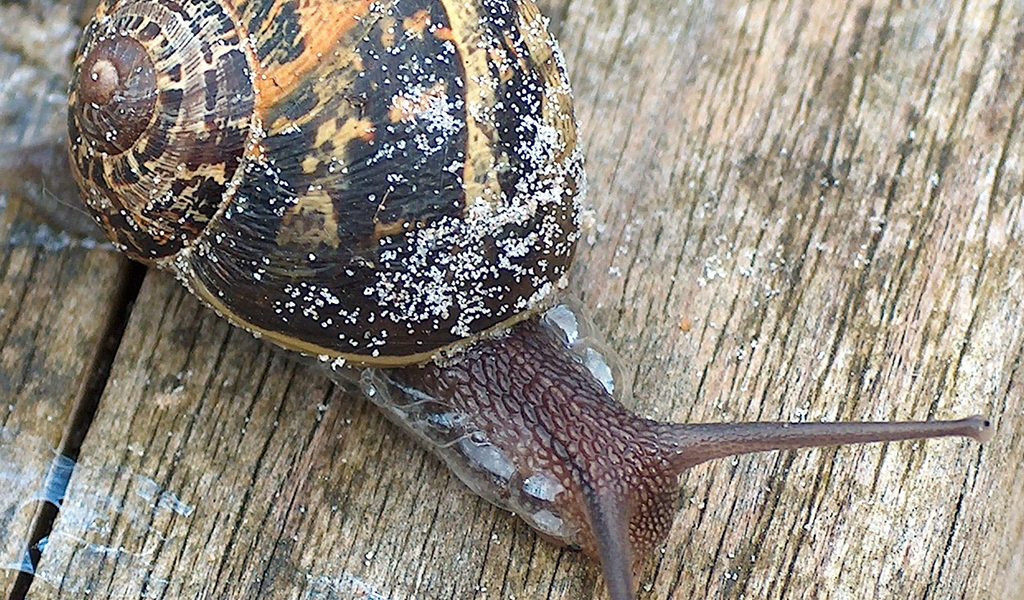There have been numerous reports in the press in the last couple of weeks about Lungworm in dogs. Ever the sceptic, I wondered whether a certain pharmaceutical company was starting a sales campaign for a new ‘must have’ treatment for your pooch, or whether this disease was really causing an issue to the canine population of Britain.
I have to admit that I hadn’t heard of Lungworm in dogs. Most probably because I haven’t experienced it with our 3 dogs, or know anyone that has had it either, but being the vigilant dog owner I am, I couldn’t see any harm in finding out what it was, and whether it really posed a significant risk to our pack.
What is Lungworm?
Lungworm is essentially a parasite, with a posh latin name of Angiostrongylus vasorum. Carried most commonly by garden slugs or snails its potential reach is vast.
Dogs can easily come in contact with the parasite if they deliberately or inadvertently come in contact with a slug or snail that is a parasite carrier. Ingesting the slug/snail, drinking contaminated puddle water, eating grass or picking it from their toys are all key ways that your dog could come in contact with the parasite. That pretty much covers most things that my dogs do in our garden, with perhaps the exception of actually eating the slug! As well as being transmitted via garden pests, it is increasingly being spread by foxes, and through the faeces of other infected dogs.
What are the tell-tale signs your dog has Lungworm?
Okay, so unless you watch your dog 24/7 it’s quite likely they could come in contact with the Lungworm parasite. Being that my dogs are walked off lead most of the time across well-frequented fields, and enjoy nothing more than tearing up my garden, I’m unlikely to stop them doing any one of the doggie-related activities described above. As such I was more interested to discover what symptoms I should look out for that would indicate whether one of the dogs had picked up the worm.
The main symptoms to look out for include:
- Breathing problems and coughing;
- Excessive bleeding, even from minor wounds;
- Dog generally feeling unwell – vomiting, diarrhea, weight loss, lack of appetite;
- Depression, tiring easily
Treatment for Lungworm
All of these symptoms could be possible signs of Lungworm and should be looked at by a vet. In fairness these could explain a whole multitude of things, and I would probably be taking mine to the vet for any mixture of the above anyway, but it always pays to be vigilant.
Treatments for Lungworm are widely available and caught early enough this disease should not pose a fatal threat to your dog.
If you’re in any doubt it’s always better to get your dog looked at by a vet, and if you have multiple dogs in your household make sure you let your vet know as it can be passed between them if they’re not all treated.
*Image courtesy of fedcomite.


